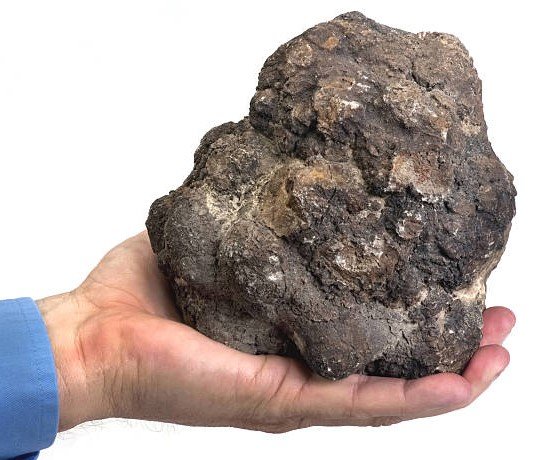Scientists have unlocked secrets from 300-million-year-old fossilized feces, showing how iron carbonate preserved molecular clues about ancient diets and environments. This breakthrough, led by researchers at Curtin University, offers fresh insights into prehistoric life through coprolites found at the Mazon Creek site in the United States.
The Groundbreaking Discovery
An international team examined coprolites, which are fossilized animal droppings, to decode biomolecules trapped inside. These samples date back to the Carboniferous period, a time when vast forests and early reptiles dominated Earth.
The study, published in a leading journal, reveals that fragile molecules like cholesterol survived thanks to iron carbonate grains. This finding challenges old ideas about fossil preservation and opens doors to exploring ancient worlds in molecular detail.

Researchers focused on specimens from Mazon Creek, a famous fossil site known for its well-preserved remains. By analyzing these, they pieced together evidence of carnivorous diets, with traces of animal fats pointing to meat-eating creatures.
How Iron Carbonate Acts as a Shield
Iron carbonate forms tiny grains that encapsulate biomolecules, protecting them from decay over millions of years. Unlike phosphate minerals, which experts once thought were key, iron carbonate creates a barrier against environmental damage.
This process happens when iron-rich fluids interact with organic matter during fossilization. The result is a natural time capsule that locks in chemical signatures from the past.
In the lab, scientists used advanced techniques to extract and identify these molecules. They found steroids and other compounds that hint at what animals ate and how their bodies processed food.
The discovery explains why some fossils retain fine details while others do not. It shows that specific minerals play a crucial role in preserving life’s building blocks.
Insights into Prehistoric Diets and Ecosystems
The coprolites contain cholesterol derivatives, strong signs of a meat-heavy diet. This suggests that the animals producing these feces were carnivores, feeding on insects or small vertebrates in ancient swamps.
Beyond diets, the research sheds light on ecosystems. Molecular fossils reveal environmental conditions, like oxygen levels and plant life, helping reconstruct habitats from 300 million years ago.
For example, traces of plant sterols mixed with animal ones indicate diverse food chains. This paints a picture of balanced ecosystems where predators and prey coexisted amid coal-forming forests.
Experts say this method could apply to other sites, revealing more about evolution during key periods like the rise of amphibians.
Here are some key findings from the study:
- Cholesterol traces confirm carnivorous habits in ancient creatures.
- Iron carbonate grains preserved molecules better than expected.
- Ecosystems showed a mix of land and water life forms.
Broader Implications for Science
This work changes how paleontologists hunt for fossils. By targeting iron carbonate-rich sites, they can find more samples with intact biomolecules, leading to better understanding of extinction events.
It ties into modern issues like climate change. Learning how ancient environments shifted could help predict future ecosystem changes.
The team plans to expand research to other periods, including the dinosaur era. This could uncover diets of famous species and how they adapted to their worlds.
| Aspect | Details |
|---|---|
| Age of Fossils | 300 million years old |
| Key Mineral | Iron carbonate |
| Location | Mazon Creek, USA |
| Main Insight | Carnivorous diets |
| Preservation Method | Mineral encapsulation |
Looking Ahead to Future Discoveries
As technology advances, more molecular secrets from the past will emerge. This study sets a foundation for exploring human evolution through similar methods, perhaps even ancient human coprolites.
Share your thoughts on this fascinating peek into prehistory. What other ancient mysteries do you want solved? Comment below and spread the word to fellow science enthusiasts.
